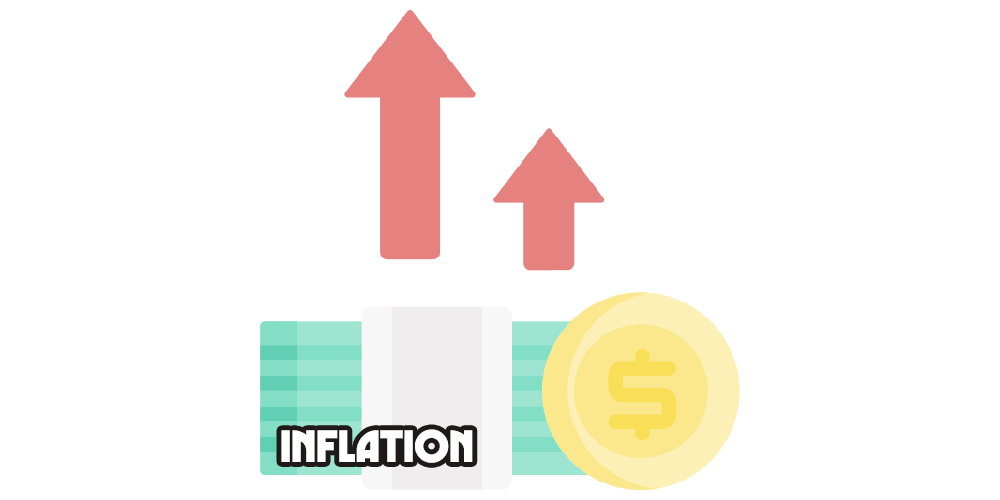Crypto inflation is when a cryptocurrency’s buying power changes over time, just like regular currency inflation where prices go up and money loses value.
Inflation refers to the decrease in the value of a currency, leading to a continuous rise in the prices of goods and services in an economy.
When there is a “relative-price change,” it typically involves only a few products becoming more expensive. On the other hand, inflation involves the overall increase in prices of almost everything in the economy. Inflation is a lasting trend, where prices consistently rise, rather than just a temporary occurrence.
Many countries measure inflation rates every year. Typically, inflation is shown as a percentage change, indicating whether it has increased or decreased compared to the previous period.
Pros
- Incentivizes miners/validators: New coin creation can be a reward for miners or validators who secure the network. This helps maintain the network’s health.
- Lower entry price: A larger supply can make the cryptocurrency more affordable for new investors.
Cons
- Potential for decreasing value: Over time, the increasing supply may lead to a decrease in the value of each coin.
- Uncertainty for investors: The unpredictable nature of inflation can make it difficult for investors to value the cryptocurrency in the long run.
Conclusion
Inflation leads to prices going up gradually, which results in higher cost of living. If managed properly, inflation can actually help the economy.
In the modern world, the most effective solutions seem to involve using adaptable fiscal and monetary policies to help governments control increasing prices. It’s crucial to implement these policies with caution to avoid harming the economy even more.
Crypto inflation is a complex topic with varying effects depending on the specific cryptocurrency and market conditions.
